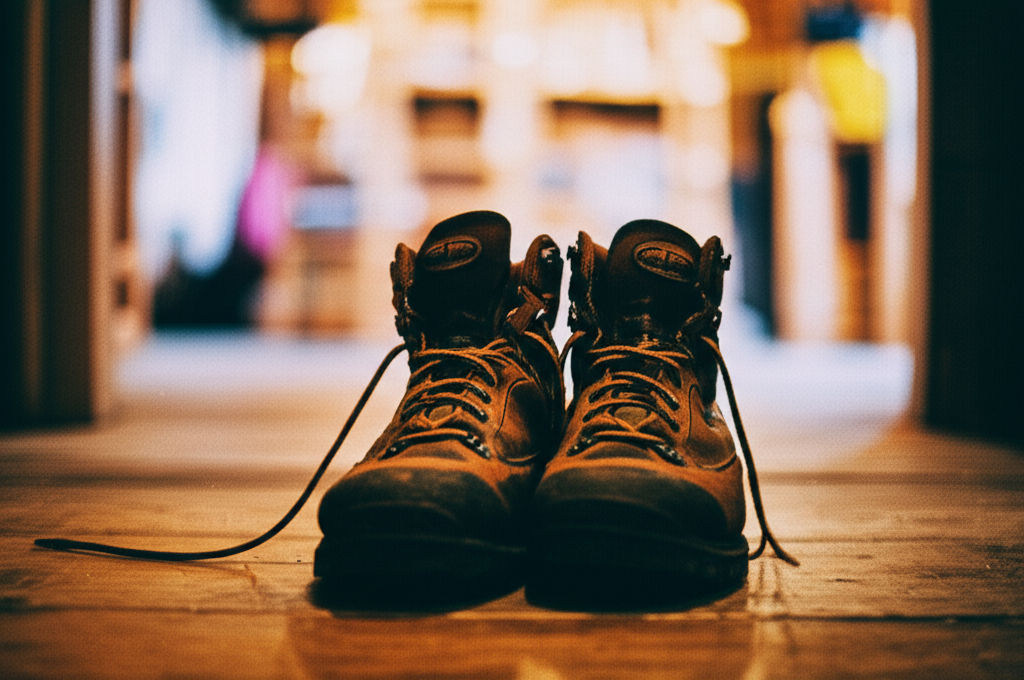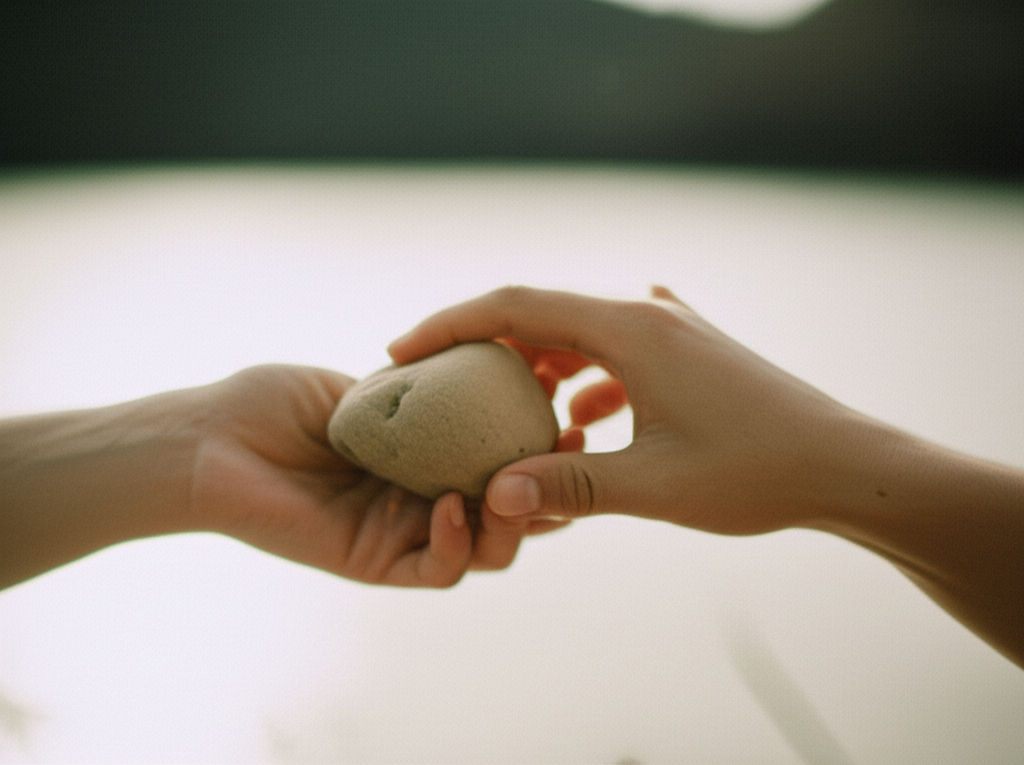Mohawk Tribe Lifestyle Deep Dive
Ikhsan Rizki
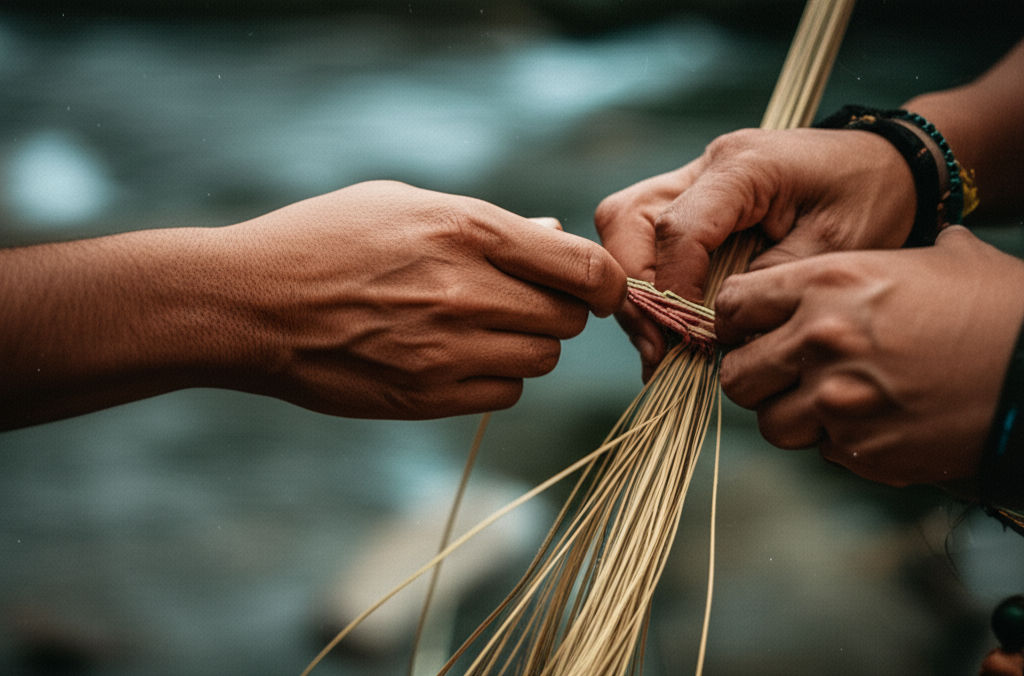
Photo: Uncover the Mohawk Tribe's rich culture & heritage. Dive into their history, matrilineal society, and enduring spirit as Kanien'kehá:ka, People of the Flint.
Unveiling the Mohawk Tribe Lifestyle: A Deep Dive into Enduring Culture and Heritage
Have you ever wondered about the rich tapestry of Indigenous cultures that shaped North America long before colonial contact? Perhaps you've heard the name "Mohawk" but are curious about the true depth of their history, societal structure, and vibrant traditions. It's easy for complex cultures to be oversimplified or misunderstood, leaving many with a fragmented picture. This article aims to solve that by offering a comprehensive Mohawk Tribe Lifestyle Deep Dive, illuminating the enduring spirit, wisdom, and resilience of the Kanien'kehá:ka, or "People of the Flint."
Join us as we journey through time, exploring the intricate layers of Mohawk existence, from their ancient governance to their contemporary contributions, and discover what truly defines this remarkable nation.
Historical Roots: Keepers of the Eastern Door
The Mohawk people, known in their own language as the Kanien'kehá:ka, meaning "People of the Flint," are one of North America's most historically significant Indigenous groups. Their name, "People of the Flint," reflects their historical role as key traders of flint, a vital material for tool-making, which contributed to their wealth and influence among other nations.
As the easternmost nation of the Haudenosaunee Confederacy, also known as the Iroquois Confederacy or the Six Nations, the Mohawk are traditionally recognized as the "Keepers of the Eastern Door". This pivotal position meant they were the first line of defense against invasions from the east and served as crucial greeters for new tribes and diplomats approaching the Confederacy. Their traditional homelands spanned the Mohawk River Valley in present-day upstate New York, extending into southern Quebec, eastern Ontario, and parts of Vermont and Pennsylvania.
The Haudenosaunee Confederacy itself, formed by the prophet known as the Peacemaker with the help of Hiawatha, is one of the oldest and longest-lasting participatory democracies in the world, with roots extending back to time immemorial. It united five (and later six, with the addition of the Tuscarora in the 1720s) Iroquoian-speaking nations—the Mohawk, Oneida, Onondaga, Cayuga, and Seneca—under the "Great Law of Peace" (Kaianere'kó:wa). This foundational constitution promoted peace, civil authority, and righteousness, influencing democratic principles that some argue even inspired aspects of the U.S. political system.
Societal Pillars: Matrilineal System & Clan Structure
The Mohawk Tribe lifestyle is profoundly shaped by its unique social organization, particularly its matrilineal kinship system and clan structure.
The Power of Matrilineal Society
In Mohawk society, descent and inheritance are passed through the female line, making it a truly matriarchal system. What does this mean in practice?
- Centrality of Women: Women, especially the Elder women known as Clan Mothers (Iakoiá:ner), held significant authority in governance, economy, and community well-being.
- Leadership Selection: Clan Mothers were responsible for selecting male chiefs (Roiá:ner) who would represent their clans in local and Grand Councils, and they also possessed the power to depose them if they failed their duties. This ensured accountability and reinforced the importance of women in the political structure.
- Domestic & Agricultural Control: Married couples traditionally lived with the wife's family (matrilocal), ensuring women maintained control over domestic and agricultural resources. Mohawk women were the primary farmers, responsible for cultivating the staple crops that sustained the community.
The Three Clans: Bear, Turtle, and Wolf
The Mohawk nation is organized into three main clans: Bear (Ohkwa:ri), Turtle (A'nó:wara), and Wolf (Okwaho).
- Each clan is nominally descended from a single female ancestor.
- Members of the same clan across all Haudenosaunee nations are considered relatives, and traditionally, marriages between people of the same clan are forbidden.
- Children belong to their mother's clan, further emphasizing the matrilineal system.
- These clans are represented by animals and are divided into three elements: land (Bear, Wolf), water (Turtle), and air (though the Mohawk specifically have these three).
This intricate system fostered strong familial ties and a deep sense of collective responsibility, extending beyond individual villages to the entire Confederacy.
Spiritual Harmony: Beliefs, Ceremonies & the Great Law of Peace
The spiritual Mohawk Tribe lifestyle is deeply interwoven with nature and guided by ancient beliefs, ceremonies, and the profound principles of the Great Law of Peace.
Core Beliefs and Practices
Traditional Mohawk religion is largely animistic, emphasizing a sacred relationship among human beings, animals, and the rest of creation.
- Good vs. Evil: Much of their religion is based on a primordial conflict between good and evil.
- Dreams as Guidance: Dreams are considered highly significant, believed to manifest divine will or wishes of the soul. Mohawk religious leaders often spent time interpreting dreams to help community members achieve spiritual balance or fulfill these dream-wishes.
- Longhouse Religion: Many Mohawks continue to follow the Longhouse Religion (Karihwiio), which is rooted in traditional teachings and ceremonies. The Longhouse itself symbolizes the unity of the Haudenosaunee Confederacy.
The Cycle of Ceremonies
Mohawk spirituality is expressed through a cyclical calendar of ceremonies, often aligned with seasonal changes, all revolving around gratitude. These ceremonies give thanks to the Creator, the natural world, and the spirit world, perpetuating the continuation of life. Examples include:
- Mid-Winter Ceremony: Marks the beginning of the New Year.
- Thunder Ceremony: Held when the first thunder is heard in spring, welcoming back the Thunder Beings to cleanse the air and replenish waters.
- Seed Ceremony: Gives thanks for the power of seeds that provide food.
- Strawberry Ceremony: Celebrated in June when wild strawberries ripen, recognizing the strawberry as the leader of all medicine plants.
- Green Corn & String Bean Ceremonies: Give thanks for these staple crops.
- Harvest Ceremony: Marks the end of the ceremonial cycle, acknowledging Mother Earth's provisions.
The Great Law of Peace (Kaianere'kó:wa)
This oral constitution of the Haudenosaunee Confederacy is more than just a political document; it's a moral and ethical framework for society.
- Unity and Harmony: The Great Law of Peace was conceived by the Great Peacemaker and Hiawatha to unite previously conflicting nations and establish a peaceful means of decision-making.
- Wampum Belts: The laws were originally recorded and transmitted through wampum belts, shell-bead belts that encoded messages and served as mnemonic devices for storytellers. The Two Row Wampum Belt, in particular, symbolizes a relationship of peace, friendship, and mutual respect between nations.
- Tree of Peace: The united Iroquois nations are symbolized by an eastern white pine tree, called the Tree of Peace. Under this tree, weapons were buried, signifying the end of warfare and the commitment to peaceful coexistence. An eagle sits atop the Tree of Peace, watching for any approaching danger to warn the people.
Traditional Livelihoods: Sustaining Life from the Land
The traditional Mohawk Tribe lifestyle was deeply connected to their ancestral lands, with a balanced approach to sustenance that ensured harmony with nature.
The Three Sisters: Corn, Beans, and Squash
Agriculture formed the backbone of the Mohawk diet, with women being the primary farmers. The most important crops were maize (corn), beans, and squash, collectively known as the "Three Sisters".
- Nutritional Staples: These three crops provided a balanced and nutrient-rich diet.
- Symbiotic Farming: They were often planted together, supporting each other's growth in a sustainable method of cultivation.
- Storage for Winter: Harvested in the fall, these crops were carefully stored to provide sustenance through the long winter months.
Hunting, Fishing, and Gathering
While women focused on farming, Mohawk men were primarily responsible for hunting, fishing, and trading.
- Diverse Diet: They hunted deer, elk, bear, foxes, and wolves for meat and clothing, and fished in the abundant rivers.
- Resource Management: The Mohawk practiced strategic land and resource management, taking only what they needed and being cautious not to deplete resources, ensuring enough for future generations.
- Gathering: Women also gathered wild berries, herbs, tubers, and maple syrup in season, complementing the farmed crops.
Craftsmanship and Trade
Beyond sustenance, the Mohawk were skilled artisans.
- Wampum: Wampum beads, crafted from white and purple shells, were not just a form of currency but also a significant art material used to create belts that told stories or represented agreements.
- Craftwork: Women engaged in extensive craftwork, including making baskets from sweetgrass and black ash splints, and creating intricate beadwork and quillwork for clothing and adornments.
- Lacrosse: The game of lacrosse originated with the Mohawk and other Iroquois tribes. It was a highly ritualistic sport, sometimes involving hundreds of players and lasting for days, also serving as a preparation tool for war.
Modern Mohawk Life: Bridging Ancient Wisdom with Modernity
The Mohawk Tribe lifestyle today is a testament to resilience, adapting to modern challenges while fiercely preserving ancestral traditions. Despite centuries of colonial imposition and displacement, the Mohawk people continue to thrive in communities across southeastern Canada and northern New York State, including Akwesasne, Kahnawà:ke, and Tyendinaga.
Cultural Preservation and Revitalization
- Language Immersion: Recognizing the threat to their ancestral language, Kanien'kéha (Mohawk language), communities have made strong efforts to revive it. Immersion schools (pre-K to grade 8) exist where children learn in their native tongue, and adults are joining programs to relearn the language. The orthography of Kanien'kéha was standardized in 1993 to aid in its preservation.
- Traditional Arts: Traditional arts like basketmaking, beadwork, and clothing creation continue to be vital parts of Mohawk culture and livelihood, blending traditional motifs with modern materials.
- Ceremonial Continuity: The cycle of traditional ceremonies remains a cornerstone of spiritual life, reinforcing connections to the natural world and the Creator.
Economic Contributions and Resilience
Mohawk people have found unique niches in the modern economies of Canada and the United States. They are particularly renowned for their expertise in high-rise steel construction, with many Mohawks contributing to iconic structures like the Empire State Building and the George Washington Bridge. This dangerous work is sometimes seen as a continuation of Mohawk ideals of bravery and personal risk-taking for the greater good.
Ongoing Advocacy and Self-Governance
Mohawk communities continue to assert their sovereignty and advocate for their rights. They maintain traditional forms of governance, with hereditary chiefs and Clan Mothers, alongside elected councils, navigating complex relationships with Canadian and U.S. governments. Movements like the Mohawk Warrior Society have used direct action to protect their rights and the environment.
The Mohawk Tribe lifestyle today is a dynamic blend of ancient wisdom and contemporary adaptation, a powerful example of cultural continuity in the face of change.
Conclusion
Our Mohawk Tribe Lifestyle Deep Dive has revealed a culture rich in history, defined by a powerful matrilineal society, guided by profound spiritual beliefs, and sustained by a deep respect for the land. From their role as the "Keepers of the Eastern Door" within the Haudenosaunee Confederacy to their enduring commitment to the Great Law of Peace, the Mohawk people exemplify resilience, wisdom, and a profound connection to their heritage.
Their story is not just one of the past but a vibrant, ongoing narrative of adaptation, cultural preservation, and a continued fight for self-determination. Understanding the Mohawk lifestyle offers invaluable insights into the diverse and sophisticated Indigenous cultures that have shaped, and continue to shape, the fabric of North America.
What aspects of the Mohawk Tribe lifestyle resonated most with you? Share your thoughts in the comments below, or consider exploring more about the Haudenosaunee Confederacy to deepen your understanding of these incredible nations.
Frequently Asked Questions
Q1: What is the meaning behind the name "Mohawk"?
The Mohawk people call themselves Kanien'kehá:ka, which translates to "People of the Flint" or "People of the Flint Stone Place". This name reflects their historical role as important traders of flint. The name "Mohawk" is an exonym, a name given to them by others, derived from an Algonquian term that some sources suggest meant "man-eaters," though its exact interpretation (literal, insult, or figure of speech) is debated.
Q2: What is the Haudenosaunee Confederacy and what is the Mohawk's role in it?
The Haudenosaunee Confederacy, also known as the Iroquois Confederacy or the Six Nations, is an alliance of Indigenous nations formed to promote peace and unity. It originally comprised five nations: the Mohawk, Oneida, Onondaga, Cayuga, and Seneca, with the Tuscarora joining later. The Mohawk, as the easternmost nation, are known as the "Keepers of the Eastern Door," responsible for guarding the confederation against eastern threats and greeting newcomers.
Q3: How is Mohawk society structured, particularly regarding women's roles?
Mohawk society is matrilineal, meaning descent and inheritance are traced through the mother's line. Women, especially Clan Mothers, hold significant power and influence. They are responsible for selecting and, if necessary, deposing male chiefs, controlling domestic and agricultural resources, and are considered the "seed planters" and "bringers up of the children". The Mohawk nation is divided into three main clans: Bear, Turtle, and Wolf, with children belonging to their mother's clan.
Q4: What is the "Great Law of Peace"?
The Great Law of Peace (Kaianere'kó:wa) is the oral constitution of the Haudenosaunee Confederacy. It is a comprehensive framework for governance, social order, and spiritual principles, promoting peace, justice, and unity among the member nations. It was originally transmitted through oral tradition and symbolized by wampum belts and the "Tree of Peace," under which weapons were buried to signify an end to conflict.
Business
View All
November 19, 2025
Why Deloitte Is Laying Off ConsultantsUnderstand why Deloitte is laying off consultants. Economic headwinds, post-pandemic overhiring, and shifting client needs are key factors.
Ikhsan Rizki

August 11, 2025
Review of HON Office FurnitureChoosing office furniture? Our HON review covers reliability, affordability, and who it's best for, helping you pick the right fit for your workspace.
Ikhsan Rizki

August 31, 2025
Best Ways to Find Costco Coupons in 2025Unlock maximum Costco savings in 2025! Discover how to find Instant Savings, use the app, and get email deals for ultimate discounts.
Ikhsan Rizki

November 5, 2025
Virginia Business Search Made EasyUnlock Virginia business info effortlessly! Our guide simplifies SCC searches for name availability, due diligence, and company details. Get reliable results.
Ikhsan Rizki

August 14, 2025
Business Lessons from Busy SpiderUnravel the secrets of success! Discover how a spider's strategic web design, persistence, and efficiency can transform your business.
Ikhsan Rizki

September 10, 2025
How to Style a Risky Business OutfitElevate your office style! Master the "risky business outfit," balancing professionalism with a confident, fashion-forward edge.
Ikhsan Rizki
Economy
View AllUnpack "full employment" beyond zero unemployment. Discover its true meaning, impact on the economy, and how it shapes policy. Master key economic concepts.
Ikhsan Rizki
Decatur, GA on a budget? Learn strategies to find an affordable, quality hotel stay. Enjoy your trip without sacrificing comfort or location!
Ikhsan Rizki
Find comfortable, clean, and affordable economy lodges for your next trip. Our guide helps you discover budget-friendly stays near you!
Ikhsan Rizki
Unlock motivation with the power of token economies! Learn the psychology behind this system to drive positive behavior and achieve goals.
Ikhsan Rizki
Upgrade your long-haul flight! Discover ITA Airways Premium Economy: enhanced comfort, more space, and amenities without the business class price tag. Is it for...
Ikhsan Rizki
Is Singapore Airlines Economy a cut above? Uncover its premium comfort, world-class entertainment, and renowned service in this guide.
Ikhsan Rizki
Education
View AllMaster "Physical Education" in Spanish! This guide covers "Educación Física," "EF," and regional variations like "Gimnasia." Speak confidently!
Read MoreDiscover special education teacher salaries! Learn national averages, key influencing factors, and strategies to boost your income in this rewarding career.
Read MoreUncover the UGA Marine Center in Savannah, GA. Dive into groundbreaking marine research, education, and conservation protecting Georgia's coast.
Read MoreEmpower your child's special education journey. An IEE offers an unbiased second opinion to ensure their needs are truly met.
Read MoreShape the future of education! Explore Director of Education jobs, key responsibilities, and career paths for experienced leaders.
Read MoreUnpack why Democratic AGs are suing the Education Dept. Learn the key issues, from student loans to policy, and their impact on American education.
Read MoreHealth
View All
September 24, 2025
Pueblo Community Health ServicesDiscover Pueblo Community Health Services (PCHS): accessible, comprehensive medical, dental, & behavioral health for all in Pueblo. Your guide to quality care.
Ikhsan Rizki

August 24, 2025
LifeStance Health Reviews TodayConsidering LifeStance Health? Get real patient insights. Explore services, reviews, and tips to decide if this mental health platform is right for you.
Ikhsan Rizki

November 6, 2025
Ponce Health Sciences University InfoPonce Health Sciences University (PHSU): A distinguished choice for health education, offering diverse programs, cutting-edge research & community focus.
Ikhsan Rizki

November 29, 2025
San Jose Behavioral ServicesSan Jose behavioral services: Your guide to mental wellness in Silicon Valley. Find local support & thrive amidst life's pressures.
Ikhsan Rizki

October 26, 2025
Follow My Health Northwell Login TipsGet seamless access to your Follow My Health Northwell patient portal. Our guide offers tips to resolve login issues and manage your health records with ease.
Ikhsan Rizki

August 24, 2025
Top 25 Health Science Jobs for 2025Unlock your future! Discover the top 25 in-demand health science jobs for 2025. Find a fulfilling and stable career in healthcare.
Ikhsan Rizki
Popular Articles
View All
1
2
3
4
5
6
7
8
9
10
Lifestyle
View All
November 2, 2025
What is HM Lifestyle on your credit card
Mysterious "HM Lifestyle" charge on your card? Unravel what it means, from H&M purchases to potential fraud, and how to investigate.

September 18, 2025
Life With a Five Million Dollar Net Worth
Ever wonder what life with $5M net worth is *really* like? Uncover the true realities, responsibilities, and financial freedom beyond the luxury.

November 24, 2025
Inside Red Monkey Lifestyle Brand
Red Monkey Lifestyle Brand: Authentic rock & roll style handcrafted in America. Unique, vintage-inspired accessories for those who stand out.

October 1, 2025
The Passage Hotel Is a Must Stay
The Passage Hotel Basel: Your must-stay destination for luxury, comfort, and an unbeatable city center location. Unforgettable travel awaits!

August 13, 2025
Manchester Adult Lifestyle Overview
Unlock your best life in Manchester! This guide covers top neighborhoods, career insights, leisure, and community to help you thrive in this vibrant city.

October 8, 2025
Bose Model 5 Music System
Explore the Bose Model 5 Music System. Get immersive, room-filling sound from a sleek, compact home audio solution. Rediscover your music!

November 8, 2025
Inside the world of Lifestyle Inc
Explore "Lifestyle Inc," the vast ecosystem shaping modern life. Understand its influence, make mindful choices, and take control of your well-being.

November 18, 2025
Are Lifestyles Prices Worth It
Are your lifestyle choices worth the cost? Decode "lifestyle prices" to ensure you're getting true value from your spending.
Sports




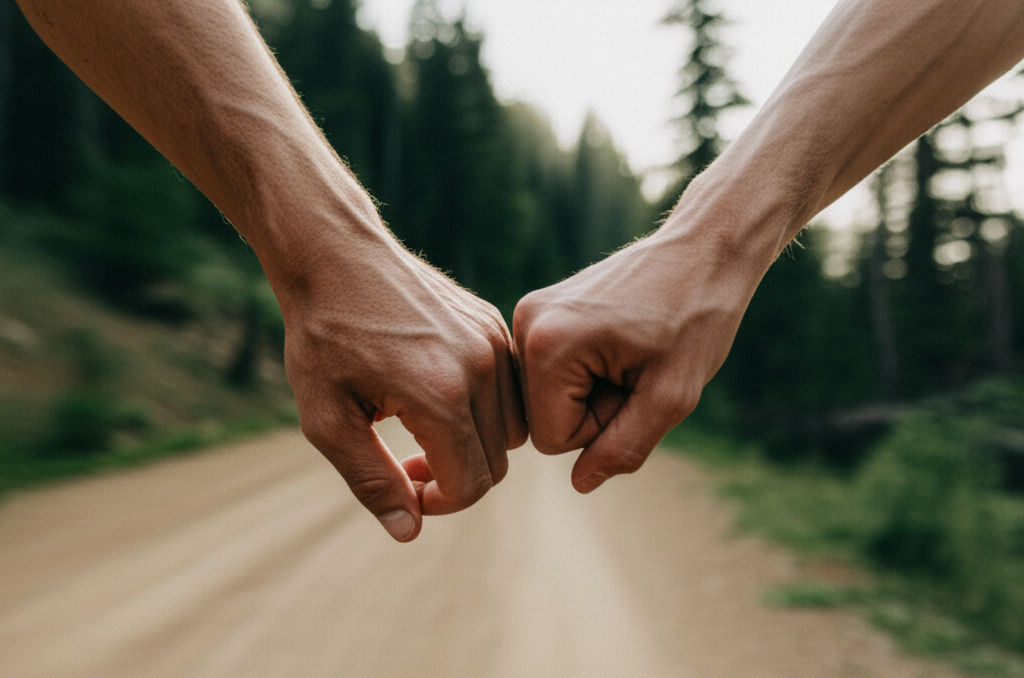
Travel
View All
October 31, 2025
Tex Best Travel Center Roadside Stop
Find the perfect pit stop in Texas! Tex Best Travel Center offers clean restrooms, diverse fuel, and food to redefine your road trip experience.
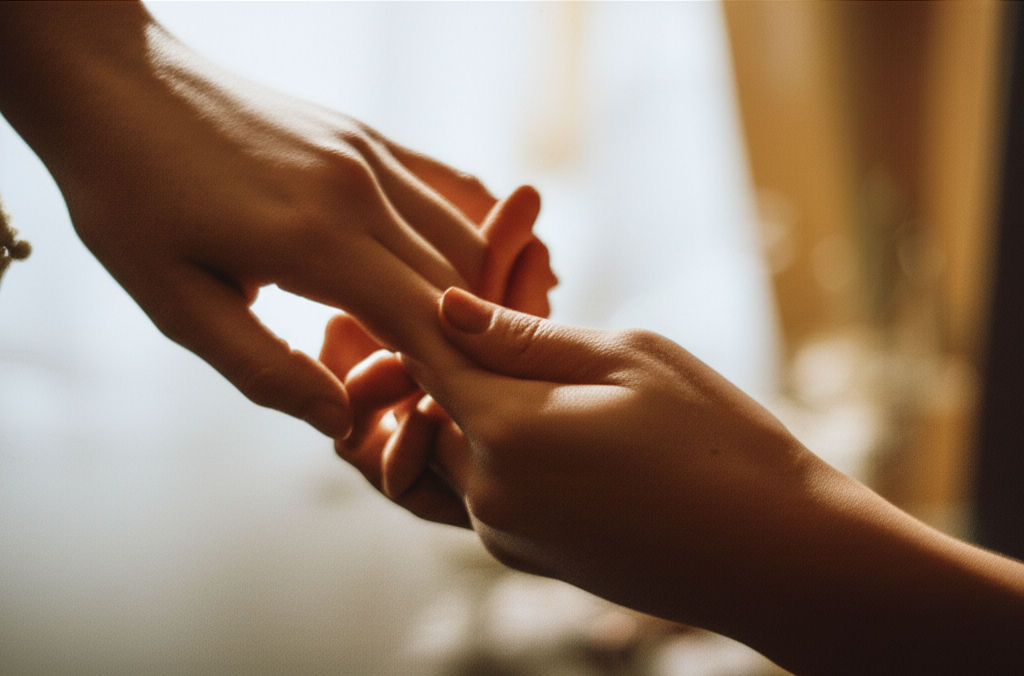
October 4, 2025
EOS Vanilla Cashmere Hand Cream Travel Size
Banish dry travel hands! Get soft, hydrated skin on the go with EOS Vanilla Cashmere Hand Cream Travel Size. Your compact hydration secret.

September 27, 2025
Prayer for Safe Travel
Find peace and protection for your journey. Discover how a powerful prayer for safe travel can reduce anxiety and bring divine peace of mind.

August 5, 2025
Direct Line travel insurance
Direct Line travel insurance: No new policies. Existing customer? This guide helps you manage your policy, understand coverage, & navigate claims.

October 4, 2025
Fellow Travelers Book on Love and Politics
Discover Thomas Mallon's "Fellow Travelers," a poignant novel masterfully intertwining forbidden love with McCarthy-era political paranoia.

November 7, 2025
Lululemon Travel Bag for Active Lifestyles
Elevate your active travel! Find the ultimate Lululemon bag for seamless organization, durability, and style on all your adventures.


